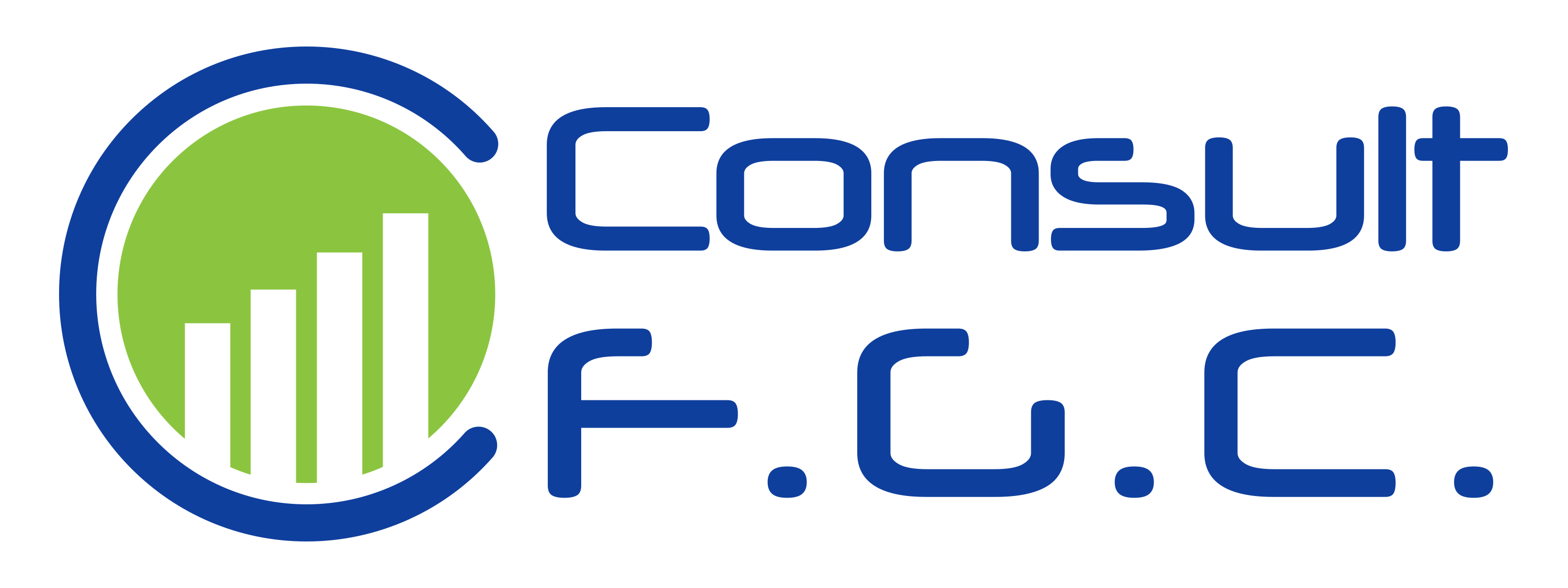Call to Action
What is a Call-to-Action?
Small Business Expert Anita Campbell, writing for the U.S. Small Business Association, defines a call-to-action as ‘an instruction to the visitor that encourages them to take some kind of action.’
Calls-to-action can take many forms on your website such as a ‘click here to subscribe!’ button, a banner ad featuring a special product deal, or a ‘read more’ link in the preview to a blog post. Here are a few more examples of common calls-to-actions:
- social media share buttons
- “buy” or “add to cart” buttons
- information-gathering forms
These calls are critical elements of any digital marketing strategy and directing users to your CTA should be the focus of any associated content. This is the purpose of your entire website, after all – to get users to convert into customers.
When a user responds favorably to your content, they let you know this by clicking on the CTA. Once they click, you need to immediately deliver what was promised in the CTA or you can expect pretty unfavorable results in the form of super low conversion rates. You don’t like being tricked into clicking something only to receive something that has little to no value to you, do you? Don’t do the same thing to your users.
Location
It’s important to make sure your CTA is not only near the content promoting it, but that it is easily identifiable as the next step for the user. This usually involves the use of visual design to convey additional meaning to the CTA.
Make sure to include calls-to-action on every page of your website. Often, above the fold (or somewhere at the top part of a page where users don’t need to scroll to see it) is considered the most ideal area.
Text
Be clear, communicate value and always use an action verb, preferably at the beginning or as the only word.
Some examples of these are:
- Get information
- Request a demo
- Start free trial
- Add to cart
All of these phrases are asking the user directly to take desired action in a clear way that compel the user to act.
It can be argued that the text included in your call to action is the single most important element that will determine whether a user converts or not. Users aren’t taking direction from a color or a placement, but what specifically they’re being asked to do.
It’s recommended that you always test different call-to-action text to learn what works best for you and your different offers.
Design
Many websites use blue and green buttons for the ‘primary’ or ‘successful’ action they want users to respond to such as logging in, creating an account, learning more or adding an item to a shopping cart. Red and yellow buttons, on the other hand, can signify that the user is taking an action that results in a change being saved, a choice being canceled, an item being removed from a cart or another ‘dangerous’ action taking place. The color symbolism here is taken from our cultural perceptions of these different colors. In North America, blue and green are associated with good, calm, safe, and prosperity, while yellow and red are associated with warning, information and caution.
Another common practice for calls-to-action is to use the brand’s primary color. This conveys an association for the user that following this color leads to the product or service being offered. This is especially true when the CTA in question is a banner advertisement showing on another website to direct users to your own site.
Users clicking on the banner ad would expect to see the main color used in the banner to also be the main color used on your site, letting them know they’re in the right place.
Following these established standards helps your users to more easily understand what actions you want them to take, and what the expected results should be.
Also see:
- Above the fold
- Heat map
- Incentivized link
